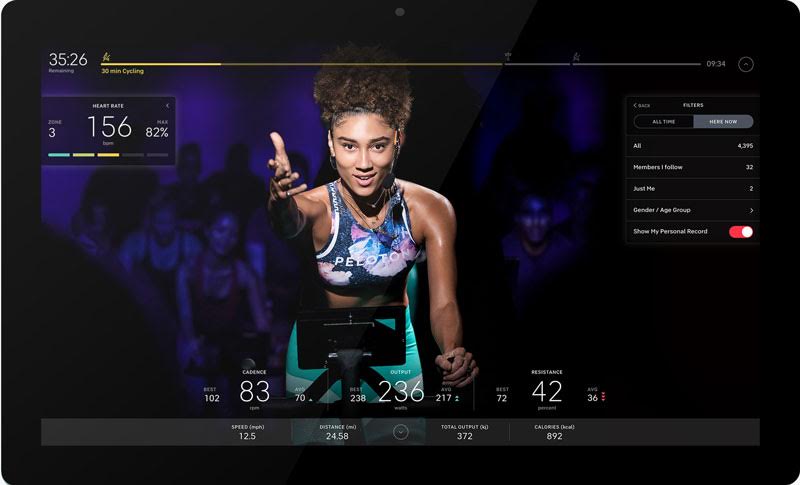Community Marketing in 2021

When digital marketing was introduced, most of us wrote it off as a passing fad. Then, when every brand jumped on board, we marvelled at the success stories and tried to emulate their tactics. Now, marketing is shifting again to become something much greater than just ads and acquisition, and a few brands are already riding the wave.
Digital advertising, in general, is roughly 20 years old (Adwords launched in December 2000) and in the decade or so that followed a lot of the early adopters saw huge returns because of its incredible ability to target specific users from a broad audience. But we all know that now.
In the next decade we normalized digital marketing to the point that it’s table stakes for just about any business, regardless of its industry.
We’re inspired by the D2C boom of Warby Parker, Everlane, Dollar Shave Club and Casper because they were able to use digital to cut out expensive retail partners and sell directly to consumers. What we forget is that we’ve created a new set of intermediaries that control access to our target audiences, specifically Facebook and Google.
The rise of D2C-style marketing
The D2C (direct-to-consumer) boom, and the resulting ripple effect into all industries, was predicated on the fact that we could generate impressions, clicks and conversions for much less than the value of the sales that they created.
That was possible because such a massive number of people were paying attention to their newsfeeds, and the majority of businesses had yet to figure out a way to effectively use those tools to acquire customers.
Today that model has flipped. User growth (at least in North America) has levelled off, the people who do have social media accounts are spending less time scrolling, and are being served more advertising from more savvy brands.
The result is that the equation doesn’t make sense the way that it used to. Ads cost more to buy because there’s more brands competing in the auctions, and customers are less likely to buy because they have more options. We’re still looking at lessons from the 2010s to inform our 2020+ strategies.
The Community Marketing Opportunity
Just like the way that the D2C brands saw a growing trend and got ahead of it, today there are brands that have seen the shift away from the newsfeed as an opportunity worth investing in.
Let’s look at Peloton, for example. They launched a fitness equipment company using many of the same tactics that D2C brands did, but the company has accelerated far beyond its competitors because it has found a way to create a community that people want to be a part of. Now, I’m not talking about community as in Instagram followers, or blog readers. Their community consists of millions of users who use their product, interact with each other and invite their friends to all within Peloton’s own eco-system.

This is much more than a brand marketing tactic – it has resulted in massive value for the business that is many multiples greater than the revenue that it’s able to generate each quarter. Here’s what I mean:
Two of the biggest incumbents in the fitness equipment space are Nautilus (maker of Bowflex, and other brands) and Brunswick. They’re great businesses that generate Billions of dollars in revenue – in the case of Brunswick, much more than Peloton does. However, the current value of Peloton’s business is roughly $33 Billion, which is almost three times greater than Nautilus and Brunswick combined.
Why? Because the market knows that Peloton’s community draws people in, resulting in lower acquisition costs, and it keeps them there, which means much higher lifetime value from those customers.
Peloton is easy to write off as an outlier that benefitted from a global pandemic that kept us all at home and is overvalued because it’s viewed as a tech company when it’s actually a hardware business.
But Peloton is actually an outlier that represents a massive shift in the way that we think about acquiring, retaining and growing our communities. Today, businesses like Nike, AMC, Masterclass, Spotify, The NBA, and Taco Bell are all investing in digital communities because they can see where the market is going and they want to get ahead of it.
The same thing happened with the digital marketing shift – some of the biggest brands with their big budgets hopped on board, and many of us without the same resources wrote it off as inaccessible. However, a few leaned in, and some of those ended up toppling the giants of their industries.
How, and where can we started?
Right now there are communities assembling and interacting in a lot of exciting new places, but here are a few that are proving that people hungry for spaces that have more to offer than a general newsfeed can (click on each for a more in-depth definition):
-
DISCORD
What was once a gaming-focused platform for groups to discuss Minecraft and League of Legends has evolved into spaces for everyone from sneaker heads to stock enthusiasts to assemble. One group chat called FWB that is based on Discord and exists to discuss crypto topics alone is valued at $30 million because of its unique way that it’s created its membership.
-
REDDIT
The Reddit community is not new, but continues to grow despite, or perhaps because of its structure as a series of smaller interest-based communities known as SubReddits. Just this week it received a valuation of over $10 Billion.

Today, there are over 3 million subreddits. You can find a community for anything from science and technology to profound thoughts you’ve had in the shower. -
NFTs
The often misunderstood crypto tokens known as Non-Fungible Tokens give creators the opportunity to offer membership and exclusive access to people who hold their respective NFTs. Communities exist to discuss, trade, and to share in the benefits of their ownership.

The Bored Ape Yacht Club is a collection of 10,000 digital ape avatars that grant access to members-only features like THE BATHROOM, a communal digital graffiti board. -
DAOs
These are Decentralized Autonomous Organizations that use crypto to allow members to become owners of the communities that they’re a part of, and make collective decisions about its future. Think of it like an organization with no hierarchical structure that’s able to accomplish anything that a traditional corporation, non-profit or charity could (in many cases, much more).
How about an easier one?
-
EMAIL NEWSLETTERS
This is perhaps the lightest version of community-based marketing (some might argue that it doesn’t perfectly fit the definition) but it has many of the characteristics that we can all put into practice today. Done well, it creates value for its community that attracts people, retains them and gives them a reason to tell their friends to join.
As you can see, we’re talking about a fundamental shift that changes the way that we think about marketing and interacting with our communities. As with any major change, it’s going to be challenging to get on board in the early days, but as it gets easier, it will also become more common, and therefore less of an advantage.
And, just like the early days of digital marketing, many brands will try, and stumble at adopting the new perspective, but the brands that are most likely to fail are going to be the ones that pretend that the shift isn’t happening and believe that they can continue to use the tools and tactics that worked a decade ago.


